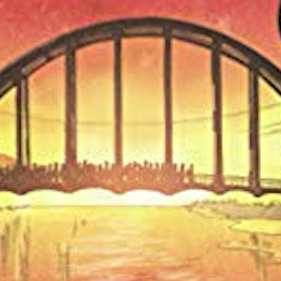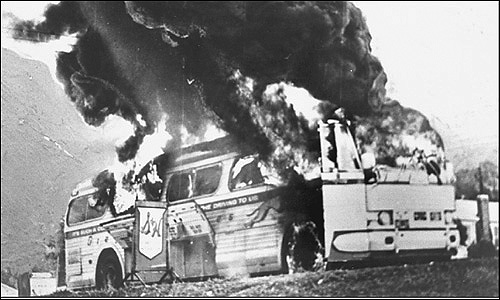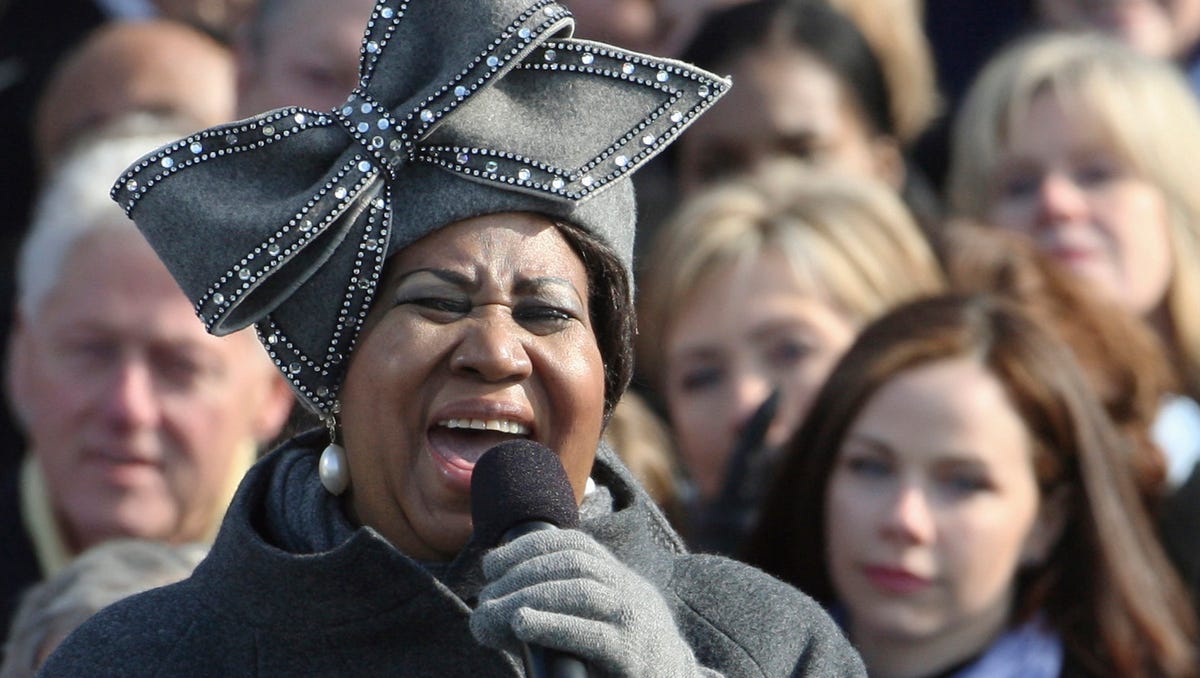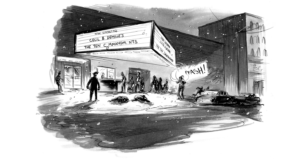Let Freedom Ring! The Freedom Rides and Their Influence Seen Today. (March: Book Two)
The phrase “Let Freedom Ring” evokes the ideals of America. The ideal evoked in March is that every man is equal without regard to race, and that’s what the Freedom Rides were ensuring within southern states. John Lewis, a proponent of the Civil Rights Movement, and the author of March took part in the Freedom Rides in an effort to cement the ruling of Boynton v. Virginia which ended segregation on buses.
The Fight for Freedom Taken
The freedom that we take for granted today is almost inconceivable and incomparable to the people that grew up just a century ago. If that freedom were to be taken away at the drop of a hat tomorrow, I think most people would be in shock. They wouldn’t be able to wrap their head around it and they’d be angry. Angry enough to fight about it, and I’d be right there with them. Just like during the Civil Rights Movement, there would be different groups with different goals. Some groups would be willing to fight and kill for their freedom, while others like Dr. King’s movement and the Freedom Rides would fight with words and nonviolence. With that said, I don’t think that a group like Dr. King’s would be nearly as effective today because people have become used to their freedom, and taking a beating is less than appealing.
The Fight for Freedom Yesterday, Today
The Civil Rights Movement was a war for freedom and the Freedom Rides were an effort to cement the results of that war. The influence of that war, and the war itself can still be seen today. When you look at the news, almost every week there is a murder or an effort forming in response to a murder. Certainly, the Civil Rights Movement made waves in the politics of the nation, but the nature of the people in the nation didn’t change. The nature of men can’t be changed by other men, and it never will. The Civil Rights Movement itself is a testament to that fact. African Americans fought against their oppressors, men who tried to change their nature.



